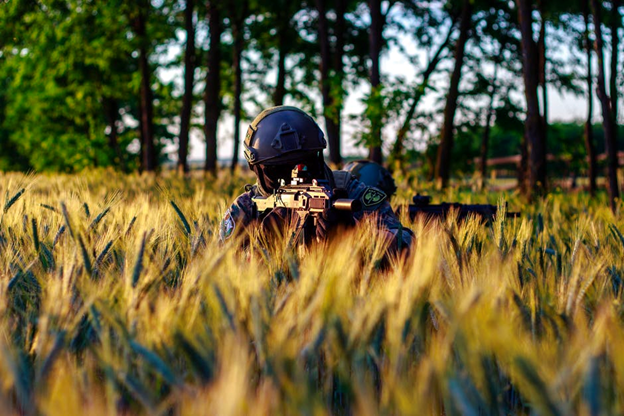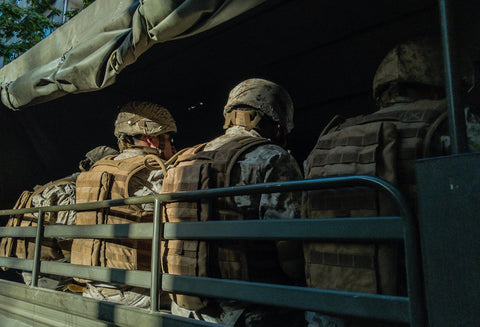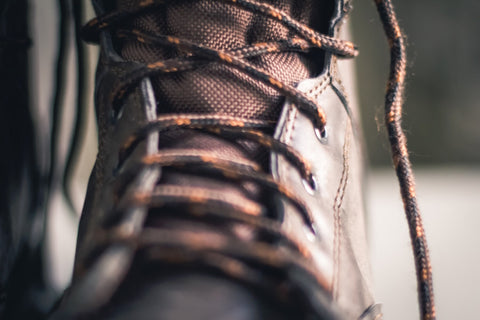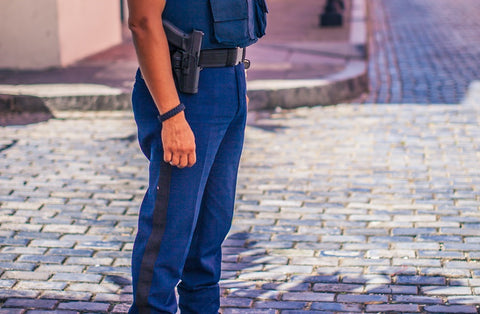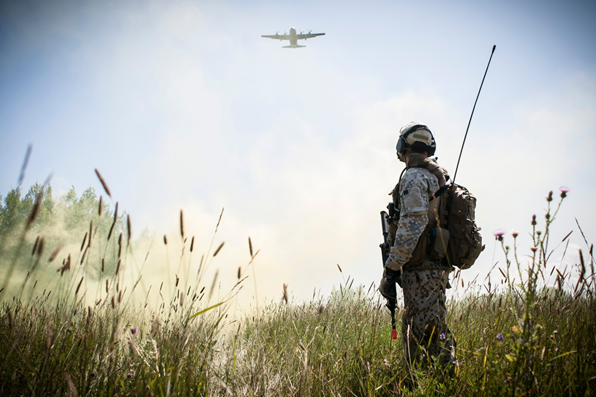How To Choose The Right Concealed Carry Holster

How to Choose the Right Concealed Carry Holster
Concealed carry holsters for law enforcement, military, and security personnel come in all shapes and sizes. If you don’t know what to look for or how to choose the right concealed carry holster, you’re not alone; the number of options can be overwhelming.
As the tactical gear experts at PSP Corp will tell you, each holster has its own strengths and benefits depending on how you intend to use it. Key factors such as your body type and clothing choices may make it easier to choose what’s best for you, but there are many considerations to make.
Finding the right concealed carry holster can be challenging with the myriad options available. Whether you're in law enforcement, the military, or a civilian, this guide will help you understand key considerations for selecting the perfect holster. From comfort and accessibility to material and retention, we cover all the essential aspects to help you make an informed decision.
Types of Concealed Carry Holsters
There are various types of concealed carry holsters, each designed to meet different needs and preferences. Some popular options include:
- Inside-the-Waistband (IWB): Offers excellent concealment and is suitable for a wide range of clothing.
- Outside-the-Waistband (OWB): Provides easier access but requires bulkier clothing for concealment.
- Shoulder Holsters: Ideal for those who spend a lot of time seated, such as drivers.
- Ankle Holsters: Useful for carrying a backup weapon but may be less accessible.
Factors to Consider for Specific Uses
Different scenarios require different holster features to ensure optimal performance and comfort. For daily carry, it is essential to focus on both comfort and ease of access. An Inside-the-Waistband (IWB) holster might be ideal for such purposes due to its ability to offer good concealment while maintaining accessibility. Daily users need a holster that fits seamlessly into their everyday activities without causing discomfort or drawing unwanted attention.
For professional use, such as law enforcement officers, additional retention features and durability become paramount. These professionals often engage in physically demanding and unpredictable situations, requiring holsters that securely hold the firearm while allowing for quick, reliable access. A holster with enhanced retention systems, such as thumb breaks or retention straps, ensures the weapon remains secure during vigorous activities. Durability is also critical as these holsters undergo extensive use and must withstand the rigors of daily law enforcement duties.
In sports and outdoor activities like hiking or running, the holster needs to provide secure retention and be made from moisture-resistant materials. During such activities, there's a higher risk of the firearm being jostled or exposed to the elements, so a holster that can securely retain the weapon and resist moisture is crucial. A holster designed for these scenarios should balance security with accessibility, allowing the user to retrieve the firearm swiftly if needed while ensuring it stays in place during movement.
Is Your Concealed Holster Comfortable?
Test your concealed carry holster before you purchase it. Feel the material, weight, and design as it sits on you. What may be comfortable to one person may not be the most comfortable for the next, so be sure to give yourself some time with a concealed carry holster before deciding with certainty that it’s the right pick for you.
Where Will You Carry Your Holster?
With a concealed carry holster, you may be able to use several different carry positions, such as appendix, hip, or back. Wherever you carry your weapon, you want it to be somewhere you can consistently grip and draw when you need to.
How Well Does it Conceal Your Weapon?
Look at how well the holster hides your firearm. Some holsters conceal more than others. An inside-the-waistband design holds your firearm closer to the body compared to an outside-the-waistband holster which works well with a sweatshirt or jacket.
The holster’s size, clothing compatibility, and carry position are all details to note, but you don’t want concealment to come at the expense of accessibility either. It’s a fine line to walk for reliability in the field.
The Model 17 Inside-the-Waistband Concealment Holster for Glock 19 is constructed from ultra-thin Boltaron thermoform material and offers dependable concealment on the waistline. Its discreet profile works well with a variety of clothing options and makes it an effective choice for a concealed carry holster.

Is Your Firearm Accessible?
Try to remove your firearm from the holster and judge how quickly or easily you can do so. If you’re having trouble retrieving your gun from the holster because it’s too tight, that’s a warning sign that it’s not the holster for your needs.
Accessibility in crucial moments is extremely important to consider. The Model 27 Inside-the-Pants Concealment Holster for Glock 19 open-top, semi-rigid design makes retrieval quick and easy for undercover and off-duty professionals while safely and dependably holding their firearms. Its construction can provide the edge that you need when every second counts.

Does Your Weapon Stay in its Holster?
Your firearm should stay securely in the holster. If it doesn’t, find another design that has retention mechanisms that appeal to you and that work with your activity level. Ideally, the holster you choose will be moulded to fit your exact firearm. To give it a test, bend over with your firearm holstered and see how secure your weapon feels.
What Material is Best for a Holster?
The material from which your concealed carry holster is made matters. Leather, Kydex, and Nylon are all tactical gear materials often used for holsters, each with its own advantages in different scenarios.
- Leather is the oldest carry holster material there is. It’s comfortable but the material does break down over time and warp, eventually requiring a replacement.
- Kydex is a tough plastic material heat-moulded to fit your exact firearm. It has excellent retention and is one of the most durable materials though it may not be the most comfortable option.
- Nylon is one of the most comfortable carry holster materials by comparison but is the least durable. Nylon holsters sometimes struggle with retention or grip and draw consistency.
See High-Quality Concealed Carry Holsters from PSP Corp.
When choosing a concealed carry holster, find one that has the comfort, concealment, accessibility, and safety features you want. Browse some of the top concealed carry holsters at PSP Corp to find what’s best for your firearm. What concealed carry holster you choose can have a dramatic influence on how effective you are with your firearm. You can rely on PSP Corp. to provide the absolute best in quality holsters made for durability and performance.


